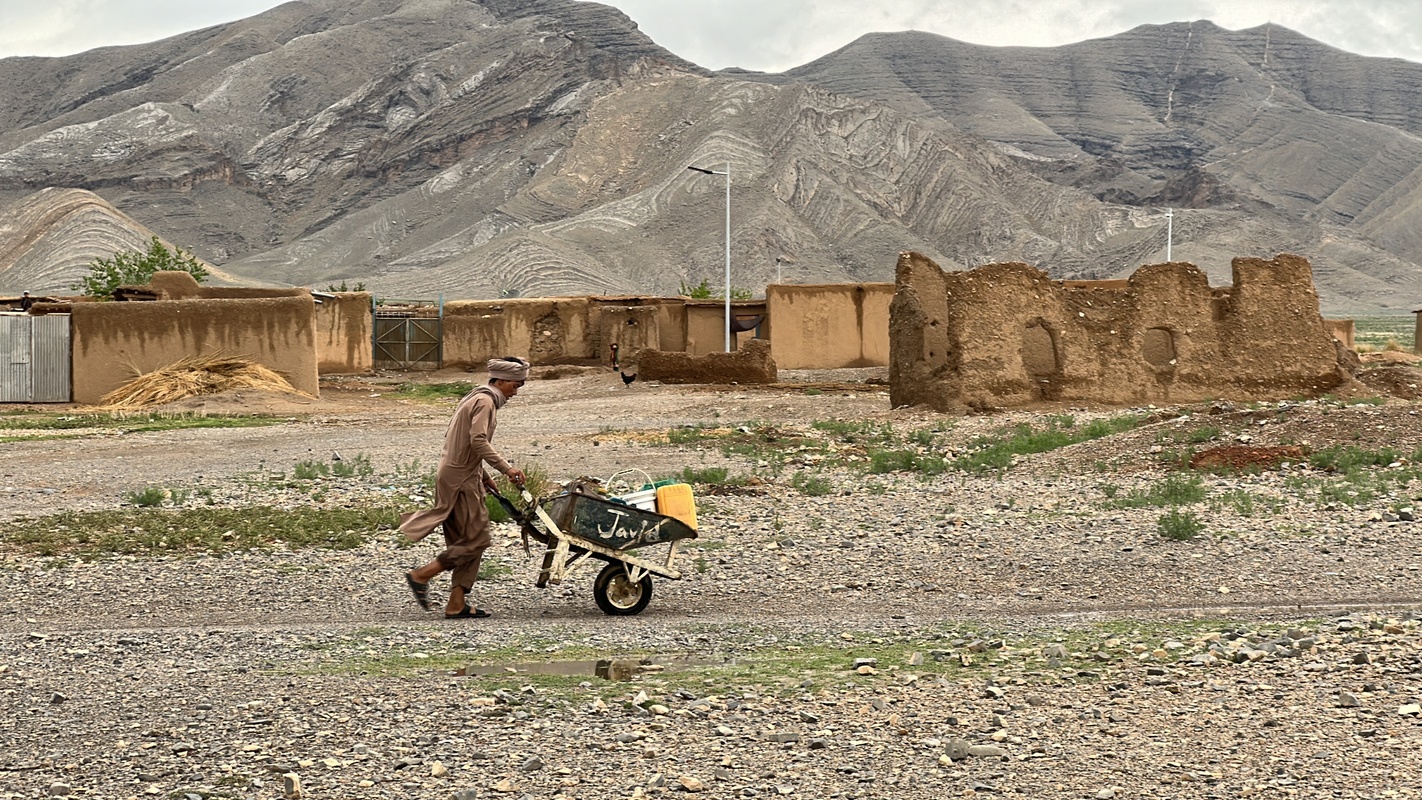by SALMAN KUREISHY

“Dabashi argues that in the Persian poetic tradition, which Rumi inherited and enriched, the human and the divine, sacred and profane, spiritual and carnal are often tantalisingly mixed”
“I used to recite prayers; now I recite rhymes and poems and songs”
(Rumi – Divan, Ghazal #2351/17)
A spectre has been haunting some Muslim writers and critics over the last few years – the spectre of a popular appreciation of the poetry of Jalal-ad Din Muhammed, better known as Rumi. It is the spectre of ordinary mortals reading some of Rumi’s poems with little or no interest in his piety, Islam or the Qura’n. Allegedly, an unholy alliance of Western interpreters, translators, pop icons and New Age spiritualists have conspired to ‘Erase Islam’, and ‘de-Islamise’ Rumi. He became one of our ‘Best Selling Poets’ because his poetry has been taken out of its Islamic context as part of a ‘spiritual colonisation’; pop stars Madonna and Chris Martin of Coldplay read and quote Rumi; and horror of horrors, his poetry is being used on pillow covers, wedding invitations, and in books on mindfulness-based meditation, a very secular activity. This, allegedly, is one part of the West’s demonisation of Muslims, and characterisation of Islam as a ‘Cancer.’
If you have heard such allegations, you will find their sources- verbatim, including the language and ideas- here: The New Yorker, 5 January 2017: “The Erasure of Islam from the Poetry of Rumi,” by Rozina Ali; New York Times Book Review, 20 January 2017: “How Did Rumi Become One of Our Best-Selling Poets?” by Azadeh Moaveni, and Al Jazeera, 17 December 2023: A tale of two Rumis – of the East and of the West, By Indlieb Farazi Saber. These contributors, in turn, seem indebted to a few Muslim authors and scholars like Omid Safi, Muhammad Ali Mojaradi, or Sharghzadeh (#RumiWasMuslim website), and Ibrahim Gamard, co-author/translator “The Quatrains of Rumi” and manager Rumisite.com. Some of these ideas found their way even to the BBC website (now archived); for example inanities like, “Love is an overwhelming part of Rumi’s work, but for Rumi, this love was a higher love for God, and not for humans.”
Rumi’s encounter with Shams Tabrizi turned him from a preacher to a poet. These allegations turned me from a lay reader of Rumi’s lyric poetry into an amateur, quasi-scholar. I argue here that these allegations are misplaced, unjustified, biased and wrong. Some of them use selective and self-serving citations from Rumi scholarship. My arguments are informed by common sense, and my own understanding of poetry. I have found support in the scholarship of specialists in Persian language and literature, both Western and Iranian. Through a process of ‘deconstruction,’ of arguably one of the most sensual of Rumi’s ghazals (#1826) from the Divan cited by Rozina Ali, I hope to expose the serious flaws in ‘erasure of Islam’ argument. The analysis covers Rumi’s concept of love (ishq), both human and divine. It addresses the ‘Qura’n in Persian’ label often used to stifle discussion. I provide supporting references/links – a kind of literature review and reading list. Those who do not agree with me can directly go to these resources and come to their own conclusion.
Rumi – The Pious and the Poet in Context
I first heard of Rumi as a young boy. In our north-Indian home, my father would often recite verses from Persian poets Hafiz, Sa’di and Rumi. The context most often wasn’t religious. These verses captured and made an everyday emotion or situation memorable, much like a quote from the Bible, Shakespeare, or Wordsworth does in English speaking cultures. One day, in a wistful mood we were reminiscing the premature death of my mother, the separation of our siblings. My father recited, and translated the famous lines from Rumi’s song of the reed flute in the Masnavi– ‘Beshnu as nay chun hikayet mi kunad- Waz judai ha shikayat mi kunad’ (Listen to the reed-flute, the story it tells! How it complains of separation”). I was hooked. Rumi’s words, their music and rhythm, made a permanent home in my heart. Years have passed, and yet, the sound of a flute triggers a flood of memories of my father and mother. Rumi’s words work like the smell of madeleine in Marcel Proust’s In Search of Lost Time. Interestingly, my father also mentioned as an aside, the Persian poet Jami’s hyperbole about the Masnavi being the ‘Qura’n in Persian.’ My preference for the poet rather than the pious Sufi was made there and then.
Friday Times for more










